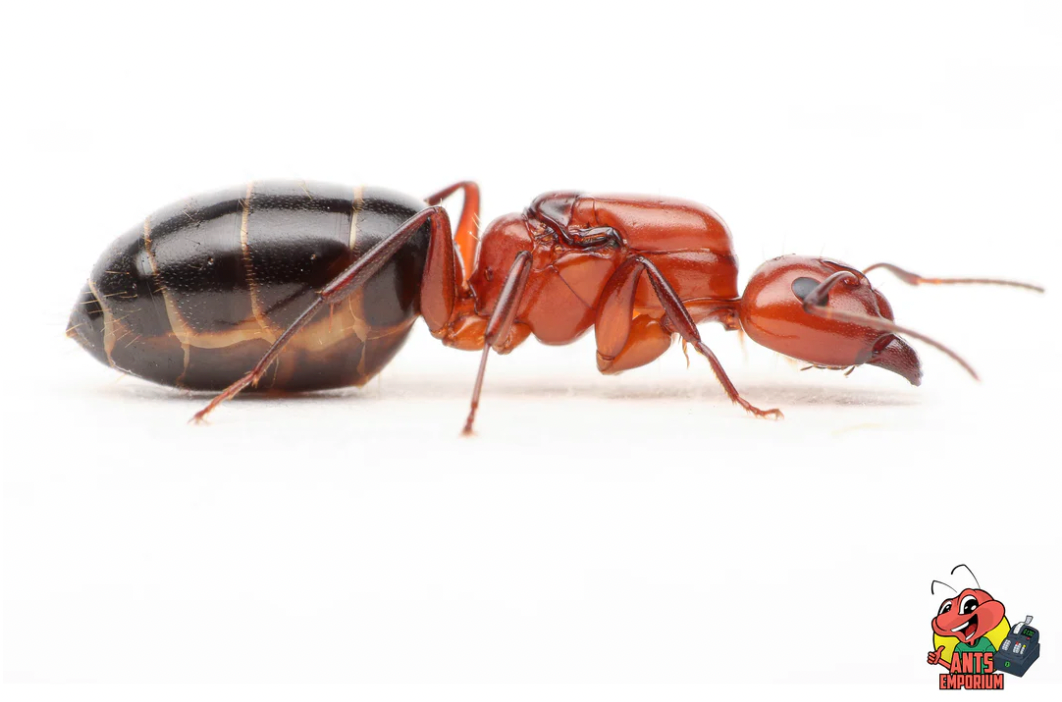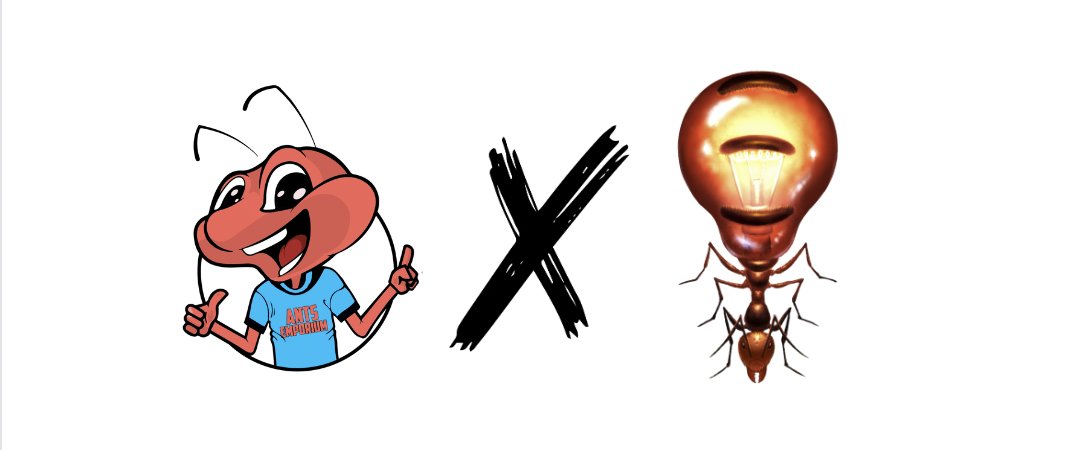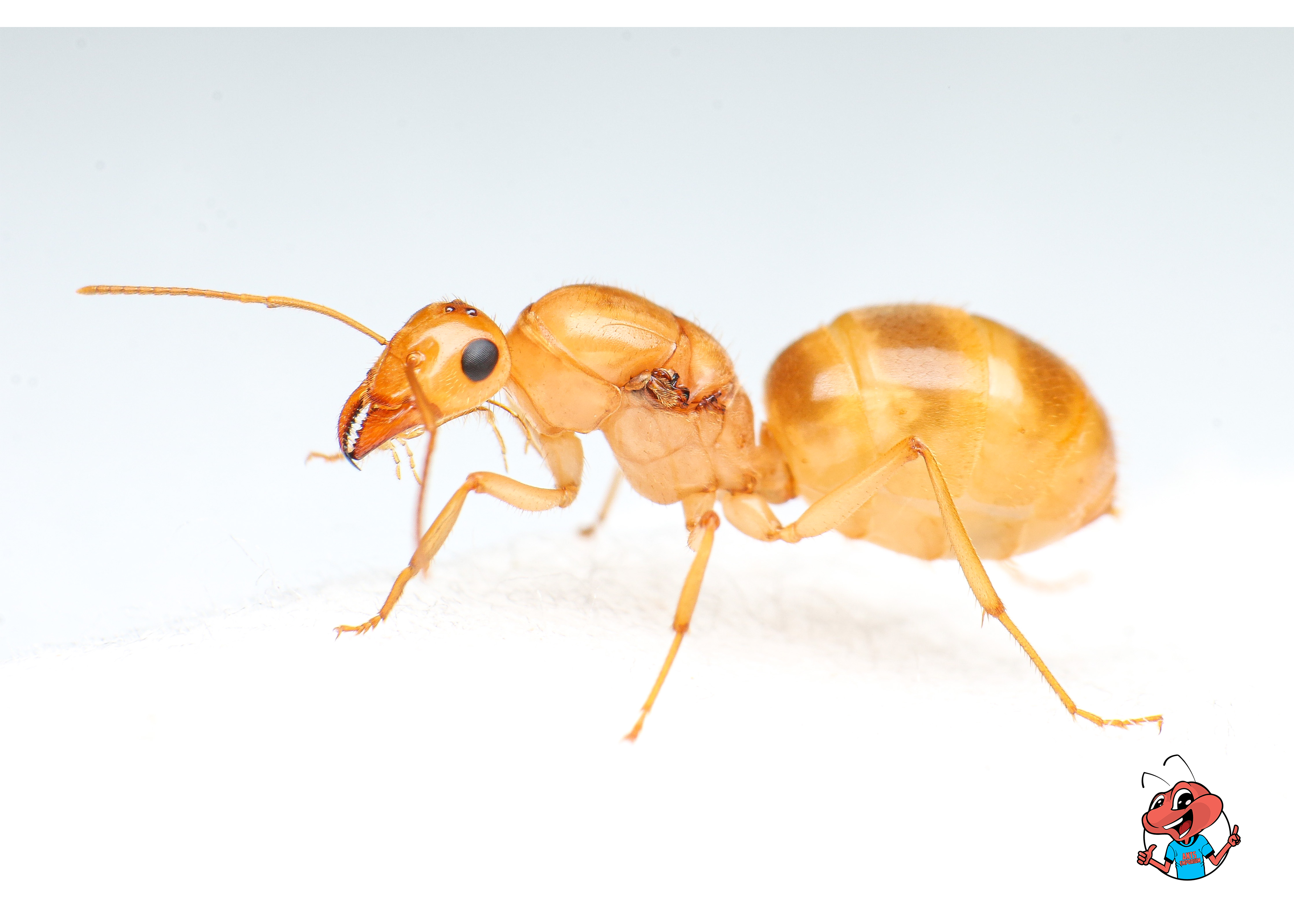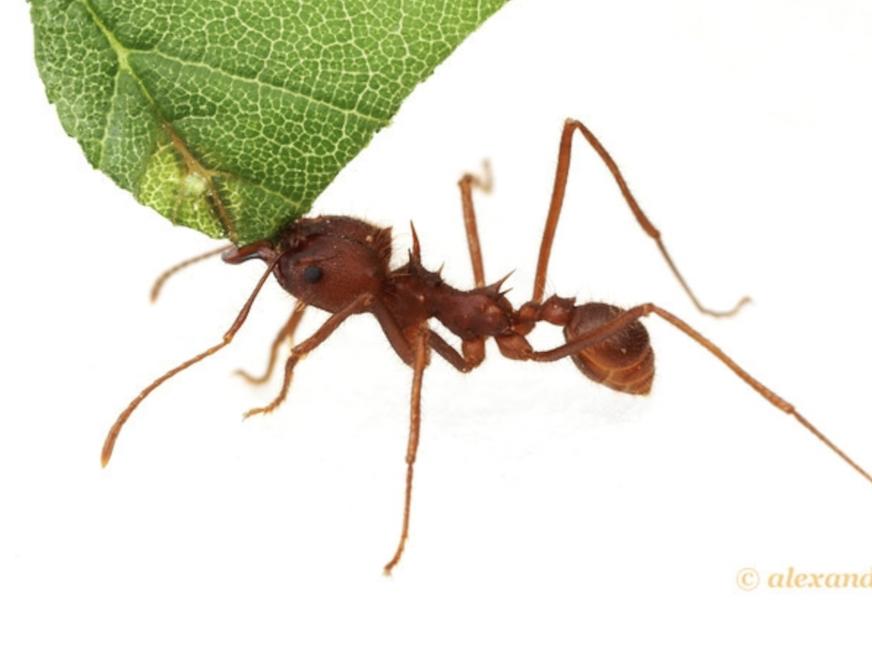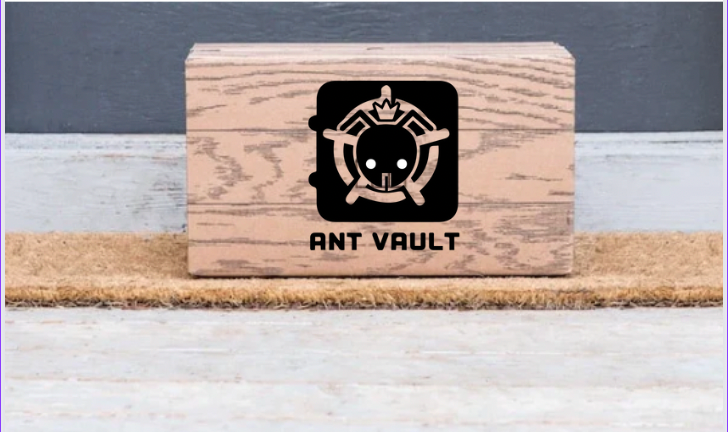Camponotus pennsylvanicus care guide
Camponotus pennsylvanicus (the black carpenter ant):
Camponotus pennsylvanicus, commonly known as the black carpenter ant, is a species of ant that is found throughout much of North America. These ants are known for their large size and distinctive black coloration, and they are often kept as pets by ant enthusiasts. If you are considering keeping Camponotus pennsylvanicus as a pet, it is important to understand how to properly care for them to ensure that they are healthy and happy.
Here is a care guide for Camponotus pennsylvanicus:
-
Housing: Camponotus pennsylvanicus ants are fairly large, so they require a medium living space. A formicarium, which is a specially-designed ant farm, is a good option for housing these ants (we have some options for you on the site). The formicarium should be made of glass or plastic and should have a lid that can be securely fastened to prevent the ants from escaping. The formicarium should also have a nesting area, where the ants can create their colony, and a foraging area, where they can search for food.
-
Nesting substrate: Camponotus pennsylvanicus ants require a suitable nesting substrate to create their colony. A mix of sand and soil is a good option for these ants, as it provides a stable surface for their tunnels and allows for good ventilation. The nesting substrate should be moist but not too wet, as excess moisture can cause mold to grow and harm the ants. You may get mite-free ant-safe dirt from our store aswell!
-
Temperature: Camponotus pennsylvanicus ants require a consistent temperature range of 70-80°F (21-27°C) to thrive. To maintain this temperature, the formicarium should be kept in a room with a stable temperature, away from windows and direct sunlight. If necessary, a heating mat or lamp can be used to maintain the temperature.
-
Feeding: Camponotus pennsylvanicus ants are omnivorous, which means they eat both plant and animal matter. A diet of sugar water, honey, and small insects such as fruit flies and crickets is recommended for these ants. The food should be placed in the foraging area of the formicarium, and any uneaten food should be removed to prevent mold growth.
-
Water: Camponotus pennsylvanicus ants require a source of clean water. A test tube filled with water can be attached to the formicarium to provide a water source for the ants. The water should be changed regularly to prevent contamination.
-
Cleaning: Camponotus pennsylvanicus ants are clean creatures, and their living space should be kept clean to prevent mold and bacteria growth. The nesting substrate should be changed every few months, and the foraging area should be cleaned regularly to remove any uneaten food or waste.
-
Handling: Camponotus pennsylvanicus ants should not be handled too often, as it can cause stress and harm to the ants. If handling is necessary, it should be done gently and with clean hands to avoid transferring any harmful substances to the ants.
By following these care guidelines, you can ensure that your Camponotus pennsylvanicus ants are healthy and happy in their living environment.
Latin name: Camponotus pennsylvanicus
Taxonomy: Subfamily: Formicinae, Tribe: Camponotini
Care level: Beginner
Geographic distribution: Located in over 35 states within US and as far North as Canada.
Habitat: Forest
Colony form: Monogyne
Polymorphic: YES
Queen: Size: 15 – 18mm Color: All black with short golden hairs located on the gastor
Minor workers: Size: 4 – 10mm Color: All black with short golden hairs located on the gastor
Major workers: Size 10 – 14mm Color: All black with short golden hairs located on the gastor
Drone: Size: 5 - 7mm Color: All black
Food: Nectar (biformica nectar) Honey and insects: fruit flies, dubia roaches, crickets, mealworms, fruits are also accepted.
Humidity: Hunting area: 30 - 50% Nest: 40 - 60%
Temperature: Hunting area: 20 - 30 ° C Nest: 24-28 ° C
Hibernation: Hibernation is required with this species, 3 – 5 months depending on where they originate from.
Nest type: All types of nests will suit them such as plaster/gypsum, tubs and tubes setups plexiglass/acrylic, naturalistic setups, wooden nest and reconstituted stone.
Description: Camponotus pennsylvanicus is a massive black carpenter ant located in many states throughout the United States. They are large in size and grow slowly during their first or two before rapid growth is achieved. Growing colonies can be quite ravenous for protein and a constant supply of nectar. They are quite active during the day and really love nectar. They are an aboreal species, often found nesting in trees and tending aphids for their sweet honeydew.
Development: Swarming from March to June
Foundation: Set in a cloister (without food) Development: 50 - 60 days from egg to worker (depending on temperature)
Size of the colony: Mature colonies can have 10,000+ workers and the queen can reach the age of 15 - 18 years or more in some cases.
Tips: Fluon is recommended as a barrier to help contain your growing colony. Provide a warm spot within the nest for the colony to choose the best temperature to speed up their brood’s growth. Always provide humidity in one of area of the nest and a dry area nearest to the heated area to establish a gradient for your ants to choose what’s best for them. Since they typically choose cavities within live or dead oak trees, they do no require quite as much humidity in the nest as other species and can actually be housed in wooden nest (like we sell) without an internal source of humidity as long as water is offered to them in their outworld. They do not start having brood development issues until humidity reaches a constant 20%-28% This species loves fruit flies more than any other insect, when it comes to protein and but will frequently accept, dubia roaches, small crickets, and small spiders as well. It is always best practice to cut up larger insects so your ants can access the protein within. A nectar feeder is also recommended to provide a steady source of carbohydrates to your ants without having to disturb your colony on a regular basis. Hibernation is recommended with this species. Start the hibernation process when you start seeing your workers huddling together, slowing down general activity, and when they appear to be “fat” with a swollen gastor. The workers and queen appear fat because they have stocked up on reserves for the winter they expect to come. There is also a noticeable difference in the brood pile. Most of the brood will be larvae with little to no pupae at all and no new eggs to be found. Gradually induce hibernation by first removing them from heat for a few days to a week in the fall (68F – 65F). Next put them in a wine cooler or other cold area around 60F for a few days to a week. Following this, reduce the temp down another 5 degrees to 55F. Leave them at this temperature for approximately 8-10 weeks before slowly introducing warmer temps. Never remove a colony from hibernation without slowly allowing them to warm up over several days to weeks like they would in nature. Ants are not meant to handle such drastic temperature swings and simply putting them in a wine cooler or taking them out of a wine cooler can shock your colony and even kill your queen.
Your colony will not require food during hibernation, but they will require water & humidity so be mindful they do not run out. Please Note: These hibernation instructions have been developed for the Texas/California population of Camponotus pennsylvanicus we sell, which don’t require nearly as long of a diapause/hibernation as other Northern populations.
